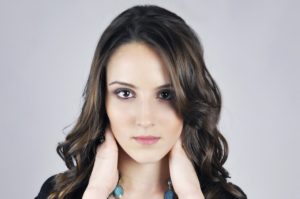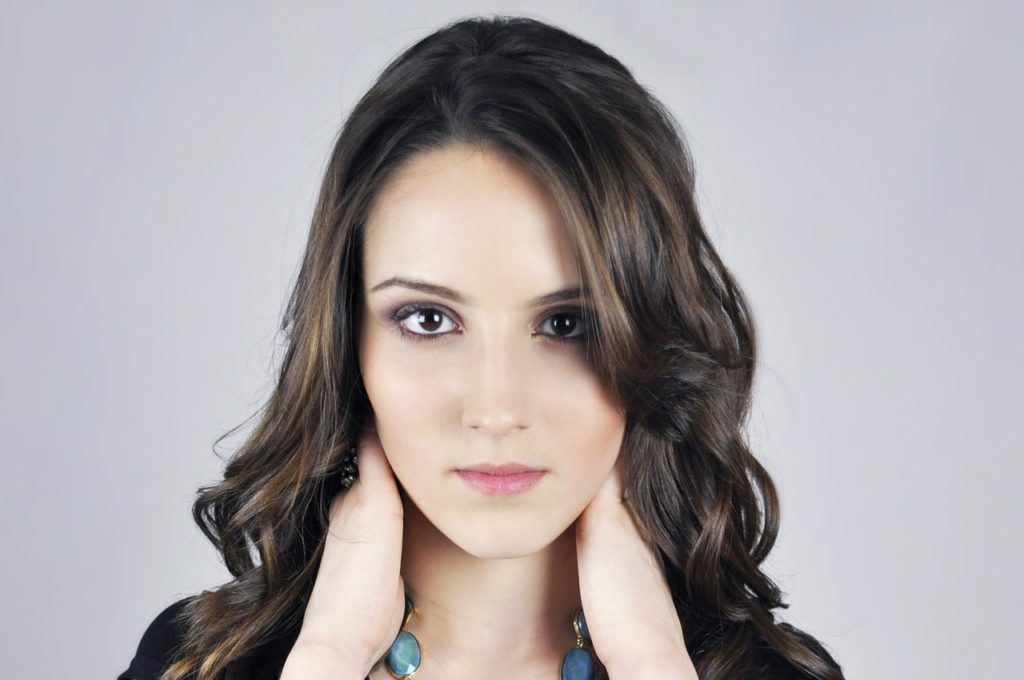 Coloring your hair is one of the easiest ways to transform your look. Some people do it as a form of self-expression while others do so just because they’re bored with their current look.
Coloring your hair is one of the easiest ways to transform your look. Some people do it as a form of self-expression while others do so just because they’re bored with their current look.
If you’ve been looking for reasons to dye your hair, keep reading. There are so many advantages to coloring your hair. Here are some of them.
Add volume
Adding a subtle color to your hair can make it look thicker than it really is. This is great if you have fine, limp locks and you want to provide more body and volume to your hair. Coloring your hair causes your strands to expand; thus, giving the illusion of thickness. A lot of women actually feel more texture in their strands after coloring their hair.
Avoid single process color if you have fine hair as it will make your hair look flat. Rather, you want to do a double process with very subtle highlights. When your hair color has dimension, it looks fuller.
Makes your hair shiny
People with dull, dry hair might want to give hair coloring a try. When done right, you’ll get glossy, beautiful tresses in just an hour or less. Dyeing your hair creates more varied hues that pick up and reflect light in different ways; hence, making your hair smooth and shiny.
Play up your features
Just like makeup, strategically placed hair color can enhance your facial features. Slightly lighter shades are recommended for more mature women as they help minimize the appearance of wrinkles and fine lines. Plus, they add a glow to your face, giving you a more youthful look. If you have a round face, colorists usually add lowlights that are a shade darker than your base along with your hairline. This will make your face look less round because it adds depth and accentuates your facial contours.
Enhance your haircut
Choosing a hair color that complements your style will turn a good haircut into an amazing one. If you have bangs, we suggest coloring your hair a single color so as to avoid the stripey, zebra-like effect. You want your hair to look as if they’re lying smoothly. Meanwhile, it is recommended to add highlights throughout if you have long layers. They add definition to varying lengths and accentuate each individual layer.
